One of the things that I find fascinating with contemporary art is to think the overlapping of the person – or the personal myth – of the artist and the art they make. If we are to think this overlapping in terms of performance – a word certainly overused today, but probably because it is able to give voice to some of our desires – we are then able to look at the art through the artist and simultaneously understand the artist as a specific incarnation not only of their art, but of an understanding of art in general (if such a thing may be said to exist). In fact, what this overlapping might reveal is that there is no – or no need for – such a concept as art, that art is precisely the most pure manifestation of the specific – without this undermining its ability to act on a universal level.
This discussion becomes particularly exciting when the overlapping introduced above concerns an artist whose personal myth and public persona are so powerful that they are clearly perceived as the substance of their art. The resulting art is thus judged depending on its ability to match what one knows – or what one thinks they know, or what one imagines – of the artist. If art is always a function of its reception, then art received as a reflection of the artist’s person is potentially a judgment preferred by a community (and the individuals in it) upon a singular individual. This judgement combines perception, projection, desire positive and negative, preconception and reasoning. It may or may not correspond to the manifestation of the artist as art, thus it may or may not be truly aesthetic. This overlapping is perhaps the essential operation performed in regard to art, nowadays more than ever, in the wake of the romantic and modernist fascination with the artist. Yet it is rarely considered a valuable topic to bring forth into aesthetic debate, in which it is overshadowed by the discussion around the figure of the artist as author.
I would like to bring it into question in order to shed light on the reception of Viviana Drugă’s work, which functions at the intersection of art and magic, and is fully subsumed to the logic of performance, in regard to the artistic persona and the art produced. I am asking the question this way because I am not entirely sure I can receive Viviana’s work in formal and/or conceptual art historical terms. For her show at Atelier 35, she exhibited 3 cards from a Marseille Tarot set designed with Tata Christiane and which had previously travelled to several galleries, and set up a table where she performed 32 short Tarot readings on the opening night. A video was taking her place the rest of the time. I was amused to learn that the 3 Tarot cards on display were the ones she had read for Atelier 35 – as an inside story, the space was going through unsure times, and its future was now visible to everyone without it actually making any sense to those who weren’t initiated. Retrospectively, I enjoy this extra element of continuous performance embedded in the show.
I cannot say how I would have received the installation in Viaviana’s absence – it was her insane energy, her urban geisha style and witch-like red hair, that made sense to me in this work. Everything I knew of her, our brief yet powerful interactions, came together in that short evening when she was channelling energies in the gallery space. I didn’t go back to see the work because she wouldn’t be there to give it meaning. Without a doubt, she was the work. The way in which she brought a set of posters to life was magic, regardless of the actual content of these posters. I don’t even remember what the Tarot reading she gave me said – I do not think the magic was where Viviana thought it was. And I don’t know if the result of the overlapping between her person and her work – a result which I read as pure energy – is something worth judging in quality terms. I would say it is in fact magic – a way of relating to the world which is beyond good or evil and which goes straight into signification.
The Force, the World and the Papesse was at Atelier 35 between 20.12. 2014 – 25.1.2015.
POSTED BY
Cristina Bogdan
Founder and editor-in-chief, between 2014-19, of the online edition of Revista ARTA. Co-founder of East Art Mags, a network of contemporary art magazines from eastern and Central Europe. Runs ODD, a s...
www.evenweb.org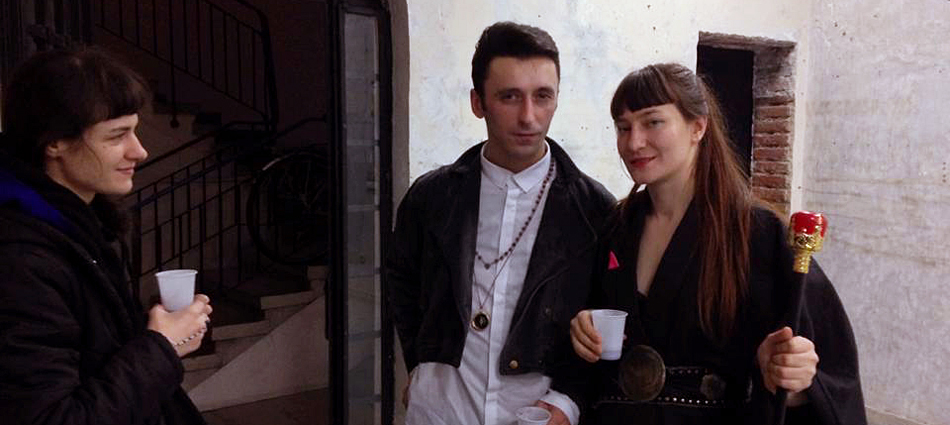
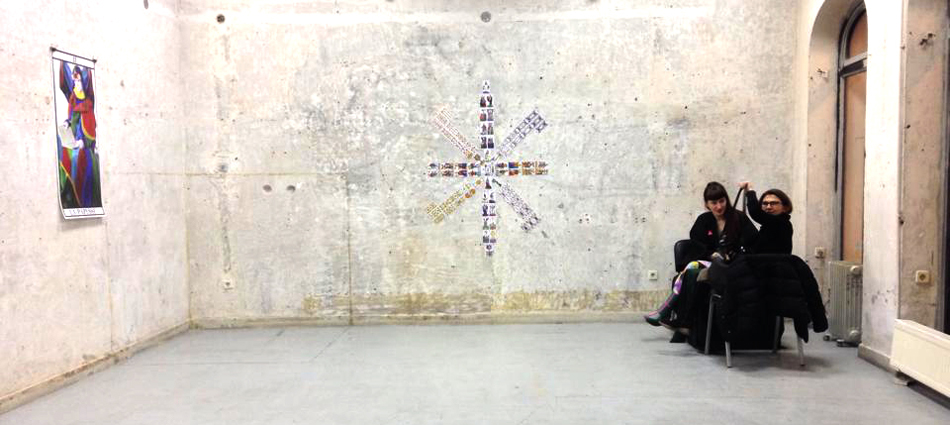
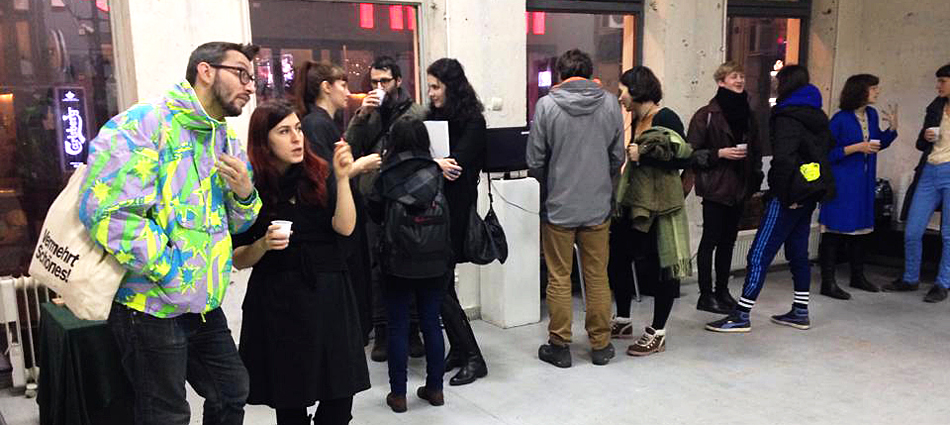
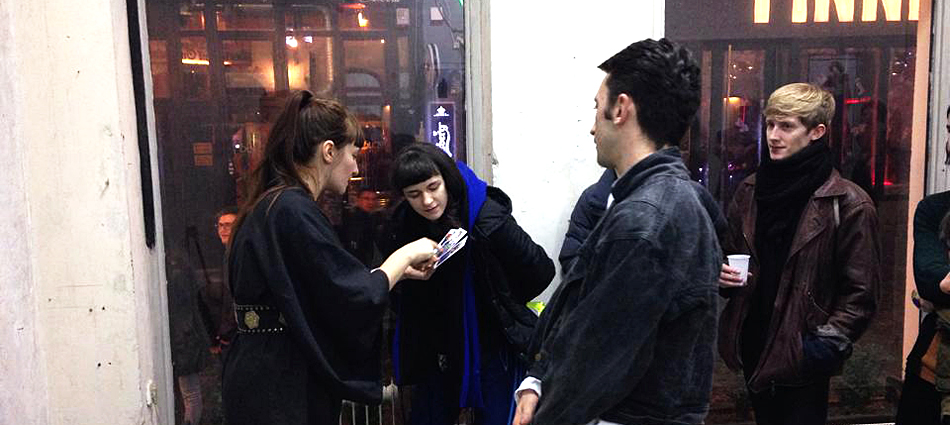
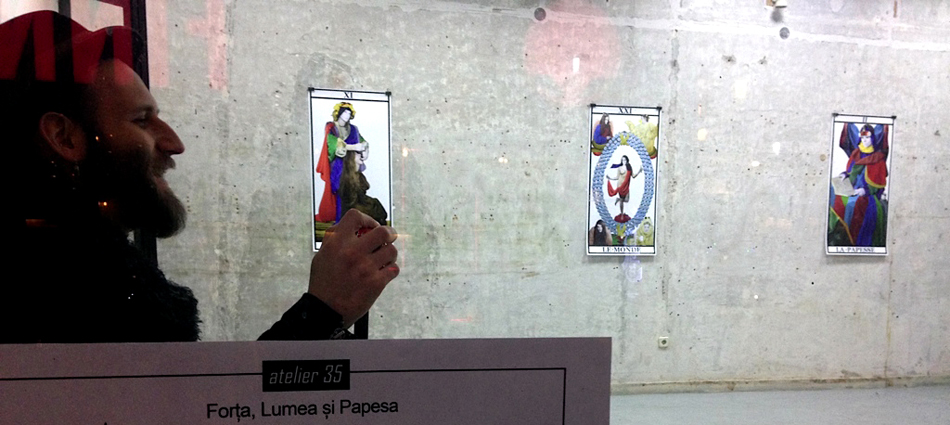
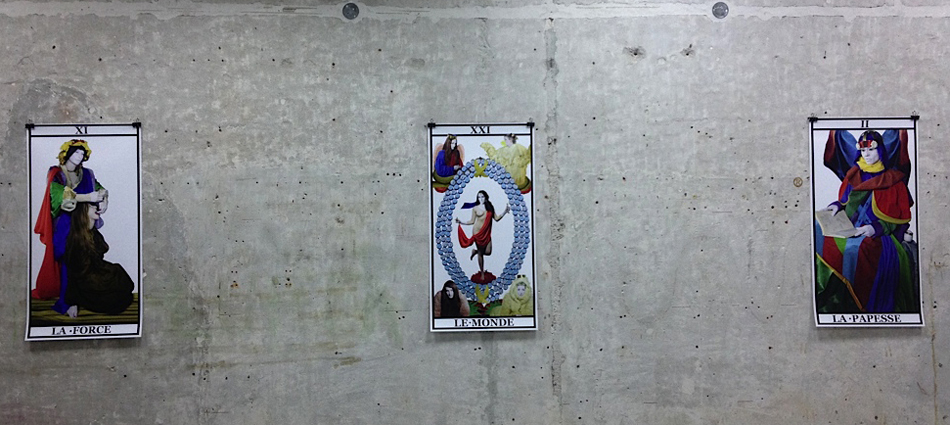
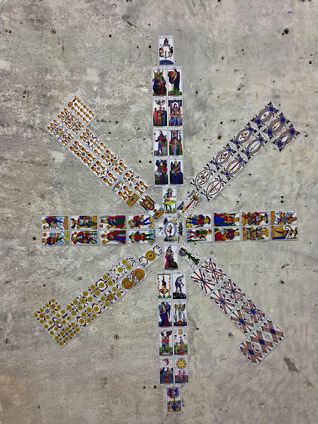
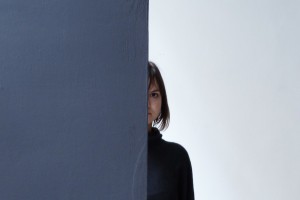
Comments are closed here.